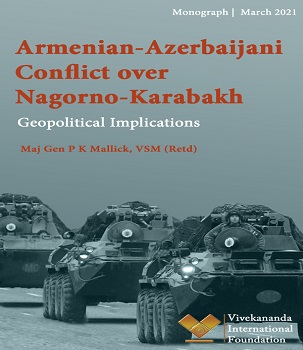By Yusri Mohamed, Gavin Maguire, Florence Tan
The 400 metre Ever Given, almost as long as the Empire State Building is high, is blocking transit in both directions through one of the world’s busiest shipping channels for oil and refined fuels, grain and other trade linking Asia and Europe.
Late on Thursday, dredgers were still working to remove thousands of tonnes of sand from around the ship’s bow.
The Suez Canal Authority (SCA) said earlier that nine tugs were working to move the vessel, which got stuck diagonally across the single-lane southern stretch of the canal on Tuesday morning amid high winds and a dust storm.
“We can’t exclude it might take weeks, depending on the situation,” Peter Berdowski, CEO of Dutch company Boskalis, one of two rescue teams trying to free the ship, told the Dutch television programme “Nieuwsuur”.
A total of 206 large container ships, tankers carrying oil and gas, and bulk vessels hauling grain have backed up at either end of the canal, according to tracking data, creating one of the worst shipping jams seen for years.
The blockage comes on top of the disruption to world trade already caused in the past year by COVID-19, with trade volumes hit by high rates of ship cancellations, shortages of containers and slower handling speeds at ports.





















/cloudfront-us-east-1.images.arcpublishing.com/mco/TXIWCXTBQJFFXH4K63APYYFTFU.jpg)
